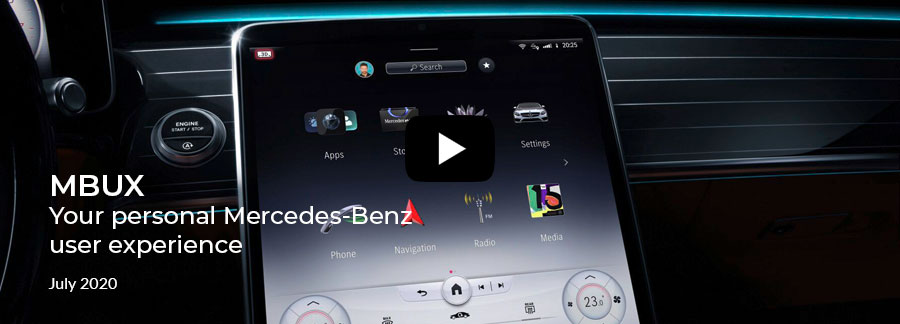By Sanjay Dhawan
A recent study by Voicebot.ai found consumer adoption rates for voice assistants in the car are steadily growing. What used to be a nice-to-have feature that no one used is becoming more and more accepted and adopted as a “must-have” in today’s digital world and a critical element of the modern driving experience.
Cerence is fortunate to lead this space, working with many of the world’s leading auto OEMs to develop revolutionary in-car systems, including the next-generation MBUX platform from Mercedes-Benz. With our extensive experience and history of innovation for the car, I am often asked about the role of big consumer tech companies in our space and what it means for these companies to make a move into the car.

To help answer this question, we at Cerence did a study of consumers worldwide to see what they expect from technology in the car. Here’s what we found:
- Drivers think of the car’s digital interface – including voice – as the soul of the car. They associate it with the brand of the car that they are buying and see it as a core element of the in-car experience. As such, OEMs work hard to differentiate their brands by having a unique user experience. Conversational AI plays a crucial role in this differentiation. A confused brand ad like this one by GM/Buick/Alexa will ultimately have negative impact on the Buick brand experience.

- Consumers in North America have Apple, Google, Amazon, and/or Microsoft apps and devices as part of their daily digital life. Similarly, in China, consumers interact with the tech ecosystems from Baidu, Alibaba, and/or Tencent on a daily basis; and in Russia, it’s the Yandex ecosystem. Most consumers have allegiances to more than one of the major consumer tech companies, and the car should enable them to access all of them. They want the car to be an extension of their digital life outside the car, supporting seamless coexistence between their car and existing and future home, mobile, and office ecosystems.
- Consumers don’t want to be forced into a single consumer tech ecosystem. It’s so 2000s. Bundling conversational AI with navigation products and playstores, despite the desires of customers, while forcing consumers to use a closed big tech product suite, will backfire. Flexibility and choice are what consumers want.
- Data privacy concerns are extremely important to consumers. Consumers, rightfully so, are very sensitive about this issue. Location, search and driving data collected by these big tech assistants are simply a Trojan Horse to feed other business models and have nothing to do with driver safety and enhancing the driving experience.
At Cerence, customer sentiment and satisfaction are critical. We apply the above consumer desires as the ten key tenets of our architecture, delivering voice and AI assistants that:
- Extend your digital life to the car;
- Are designed to assist with safety;
- Enhance the driving experience;
- Do not exist to simply to enable more and more data collection from consumers;
- Integrate with various consumer tech ecosystems for an open auto/digital ecosystem;
- Add fun and entertainment to the car environment;
- Connect with hundreds of sensors deep inside the car;
- Grow to combine voice, gaze, gestures and computer vision with voice AI technology;
- Deliver compelling content, services and value; and,
- Reflect the car brand promise for both the OEM and the consumer.
To deliver what drivers truly want, we as an industry need to approach our development with an “and” – not “or” – approach. The case for interoperability and coexistence is stronger than ever, and building silos only cheats our customers, drivers and passengers.
To learn more about we’re doing to create an omniscient assistant that plays well with others, click here.
